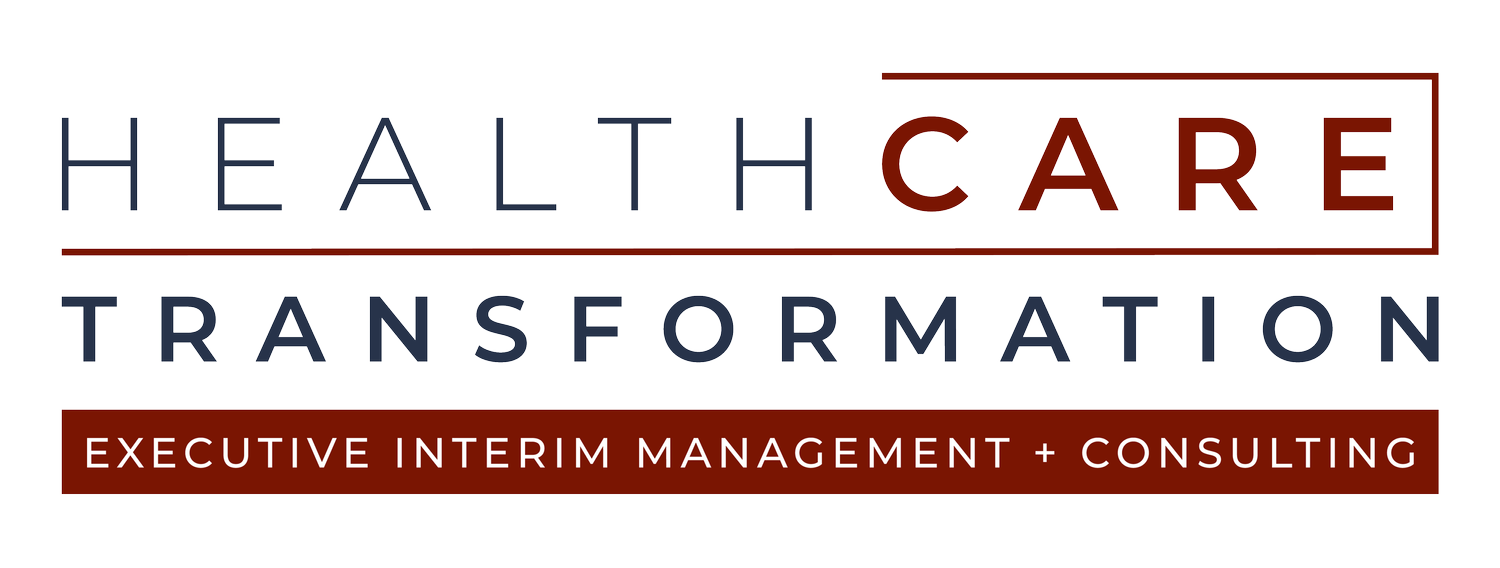5 Ways Healthcare Executives Impact Frontline Patient Care
While healthcare executives aren’t actively engaged in the direct care of the patients that enter their medical systems, they play a significant role in the experience and outcomes these patients have.
For instance, healthcare executives aren’t doing blood draws, but they are ultimately accountable for the performance of the phlebotomists employed by the organization. They aren’t explaining care plans to patients, but they are on the hook for the safe and respectful treatment of all individuals.
With upwards of 20% of physician-patient encounters resulting in misdiagnosis, and one in 10 patients worldwide experiencing harm from safety lapses over the course of their care, healthcare executives are critical to implementing the foundations that result in quality patient service.
Here are five ways leaders impact the care of the patients under their watch.
1. Strategic vision and direction
What you focus on becomes a priority. Healthcare executives are responsible for defining — and carrying out — the vision and direction of their organization. Setting clear goals, objectives and standards elevates patient care by:
Guiding decision-making
Rallying employees around a common purpose
Establishing the core of what your organization does, how it achieves that effort and why it matters
When people understand the bigger picture and their role within it, and feel like they are part of something larger than themselves, they are more thoughtful in their work, empowered to go above and beyond, and focused on the objectives that matter most.
2. Operational efficiency
Having operational efficiency is key to successful patient care, and healthcare leaders are stewards of creating ease and clarity in their system’s operations. Streamlining administrative tasks, improving patient flow within a hospital setting, removing unnecessary barriers and more are all part of elevating the patient experience.
From reducing wait times to expanding access to care and eliminating frustrating bottlenecks, process improvement directly impacts patient care.
3. Leadership style
As an executive leader, your words and actions are constantly monitored and seen as the standard for others to follow. Are you leading with empathy or with disregard?
Executive leaders must live the standards they set for the organization. Leading with safety. Putting others first. Promoting transparency. When doing the right thing — speaking up when something is amiss, and keeping empowerment and patient advocacy at the heart of how you show up — you create a culture where your employees follow suit.
4. Talent development and retention
One of the most impactful factors of patient care is the development and retention of a workforce that has technical skills and aligns with the mission of your organization.
When it comes to skills: Do you have training programs and professional development opportunities available to coach your people up and keep them engaged in their work?
When it comes to people: Do you have quality middle-level leaders, mentorship opportunities, open communication and the baseline components in place to care for your employees holistically?
Executives must balance the goals of the organization with the needs of those who work for them. Achieving this results in a team of people who are talented, care about their output and are invested in the company — all contributors to quality patient care.
5. Financial stewardship
Decisions regarding where to allocate funds throughout the healthcare system play a critical role in the care patients experience. Maintaining a financially healthy organization allows executives to invest in the areas that matter most to the organization’s focus areas — areas like recruitment and training, state-of-the-art medical equipment, software that improves telehealth and more.
Healthcare leaders are critical to patient care
From strategic vision to day-to-day leadership, healthcare executives have tremendous influence over the care patients receive within their organization — whether they realize it or not. While it starts with prioritizing safety and communication, patient care is also impacted by the financial responsibility of the organization, employee training programs, workplace culture and company standards, and more.


